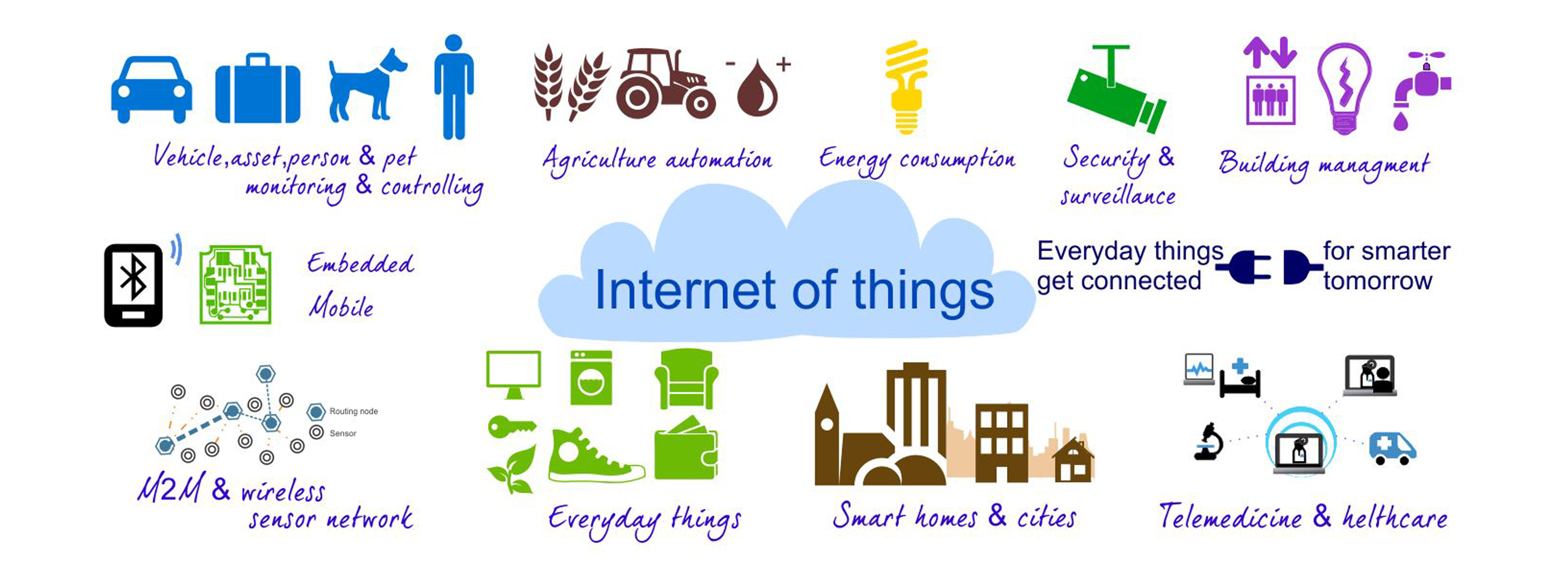an overview of internet of things

Have you heard about the Internet of Things (IoT)? It’s an incredible technology that is changing the way we live, work, and interact with the world around us. In this post, we’ll explore what IoT is and how it works, as well as some of the amazing things we can do with this technology.
What is IoT?
Simply put, the Internet of Things (IoT) is a network of smart devices connected to the internet that can communicate with each other and exchange data. This includes everything from smartphones and laptops to thermostats, refrigerators, and even cars. Through the use of sensors, these devices are able to gather data on their surroundings and make intelligent decisions based on that data.

Overview of IoT
The diagram below provides an overview of IoT and the various components involved in making it work. As you can see, IoT consists of a wide range of devices and technologies, all working together to create a seamless and integrated network.

How Does IoT Work?
IoT devices work by using sensors to gather data about their surroundings, such as temperature, humidity, light, and movement. This data is then transmitted to a central hub or server, where it can be analyzed and used to make decisions. For example, a smart thermostat can gather data about the temperature and humidity in your home and use that data to adjust the temperature to a comfortable level.
In addition to sensors, IoT devices also use actuators, which are devices that can perform actions based on data they receive. For example, a smart door lock can receive data from a user’s smartphone and unlock the door when they approach. Similarly, a smart light bulb can turn on or off based on the user’s location or preferences.
Benefits of IoT
IoT has the potential to revolutionize many industries, from healthcare and manufacturing to transportation and logistics. Some of the key benefits of IoT include:
- Improved efficiency and productivity through automation and data analysis
- Enhanced safety and security through real-time monitoring and alerts
- Dynamic and personalized experiences for users based on their preferences and behavior
- Reduced costs through predictive maintenance and optimized resource allocation
- Environmental benefits through reduced energy usage and waste
Challenges and Risks of IoT
Despite its many benefits, IoT also presents some challenges and risks that must be addressed. Some of the key challenges and risks include:
- Security and privacy concerns, as IoT devices can potentially collect and transmit sensitive data
- Compatibility issues, as different devices and platforms may use different protocols and standards
- Complexity and scalability issues, as IoT networks can be difficult to manage and expand
- Legal and regulatory issues, as IoT may raise new questions about data ownership and liability
- Reliability issues, as IoT devices may fail or malfunction, leading to downtime and lost productivity
Real-World Applications of IoT
IoT is already being used in a wide variety of industries and applications, including:
- Smart homes and home automation
- Smart cities and urban planning
- Industrial automation and manufacturing
- Healthcare and remote patient monitoring
- Transportation and logistics
Conclusion
The Internet of Things (IoT) is an exciting and rapidly evolving technology that has the potential to transform the way we live, work, and interact with the world around us. While there are certainly challenges and risks to be addressed, the benefits of IoT are simply too great to ignore. Whether you’re a consumer, a business owner, or a government agency, there are countless applications and opportunities for IoT to improve your life and your work. So why not start exploring this incredible technology today?

Source image : smartarmorcube.com

Source image : www.researchgate.net

Source image : www.engineersgallery.com


